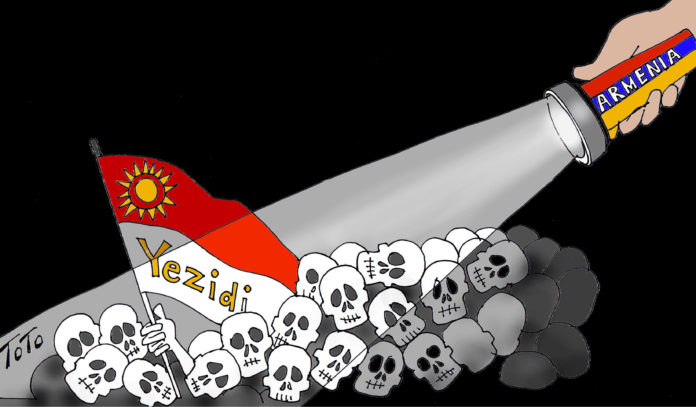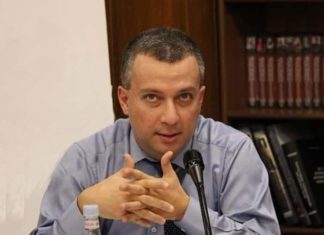By Edmond Y. Azadian
The former president of the Committee of Cultural Relations with Armenians Abroad, Vartkes Hamazaspian, a historian in his own right, once said, “Look at the irony of destiny; the survivors of a once all-powerful empire of Assyria are seeking shelter under the wings of tiny Armenia to preserve their identity in the Soviet Union.”
Armenia, as small as it is, has served as a haven for other minorities escaping persecution and genocide. One such minority group is the Kurds who had been persecuted — and continue to be — throughout the Middle East. The only country which had offered refuge was Armenia, where they enjoyed equal rights as individuals and as an ethnic minority practiced their own language, religion and customs, with their radio broadcasts in Kurdish as well as their own newspapers.
A less understood minority group is the Yazidis, with their syncretic language and brand of religion. They are defined as a Kurdish-speaking (Kurmanji dialect) ethno-religious group practicing a pre-Islamic Assyrian tradition mixing Sufiism and Shiite Islam, Nestorian Christianity and Zoroastrianism. That is exactly what it means to be syncretic, meaning combining diverse and sometimes contradictory concepts into a single faith. Their religion believes in seven fallen angels headed by the Peacock Angel Malek Taus. The latter symbol has been misinterpreted by other groups which label them as devil worshippers. These distinctions are sufficient characteristics to define them as “other” and persecute them.








